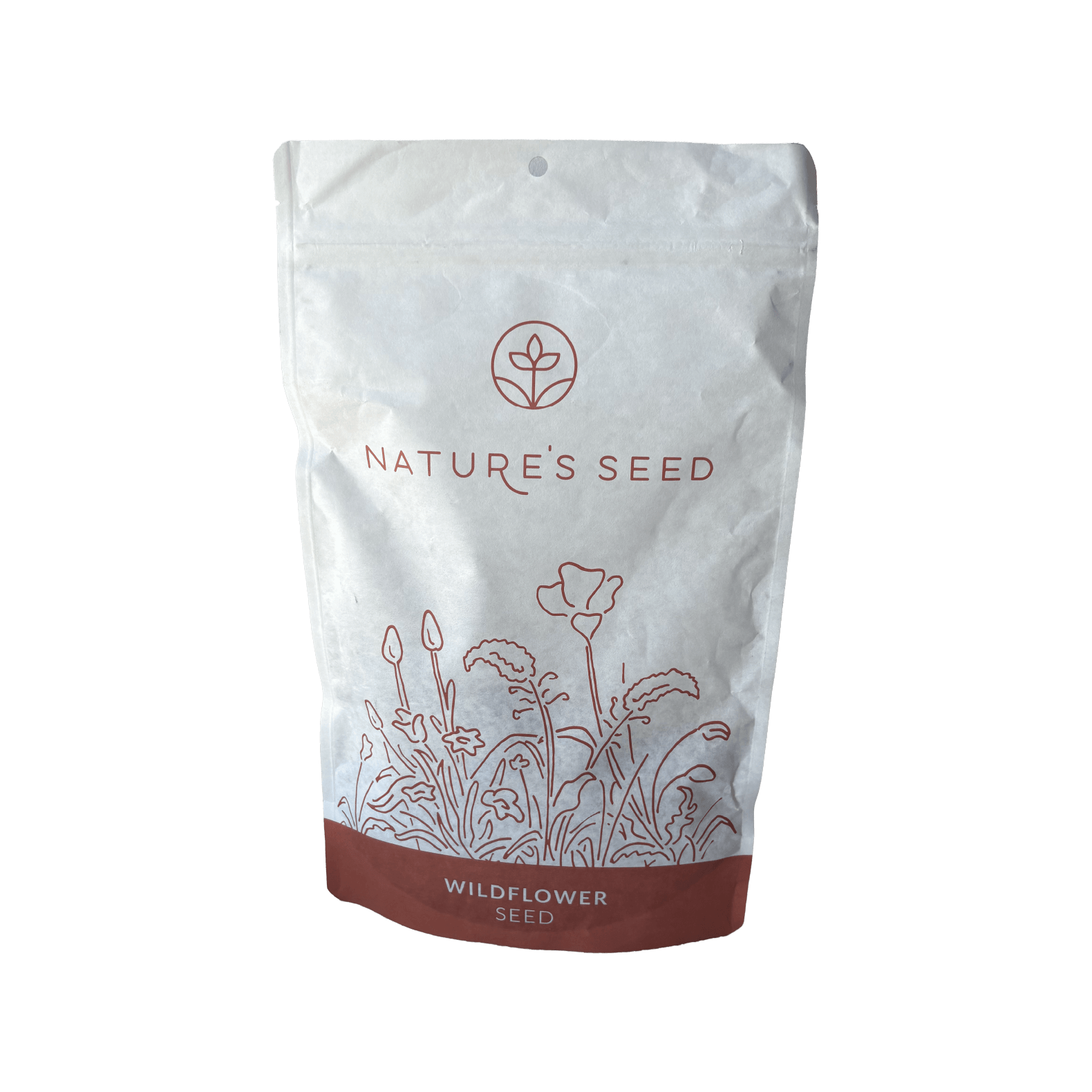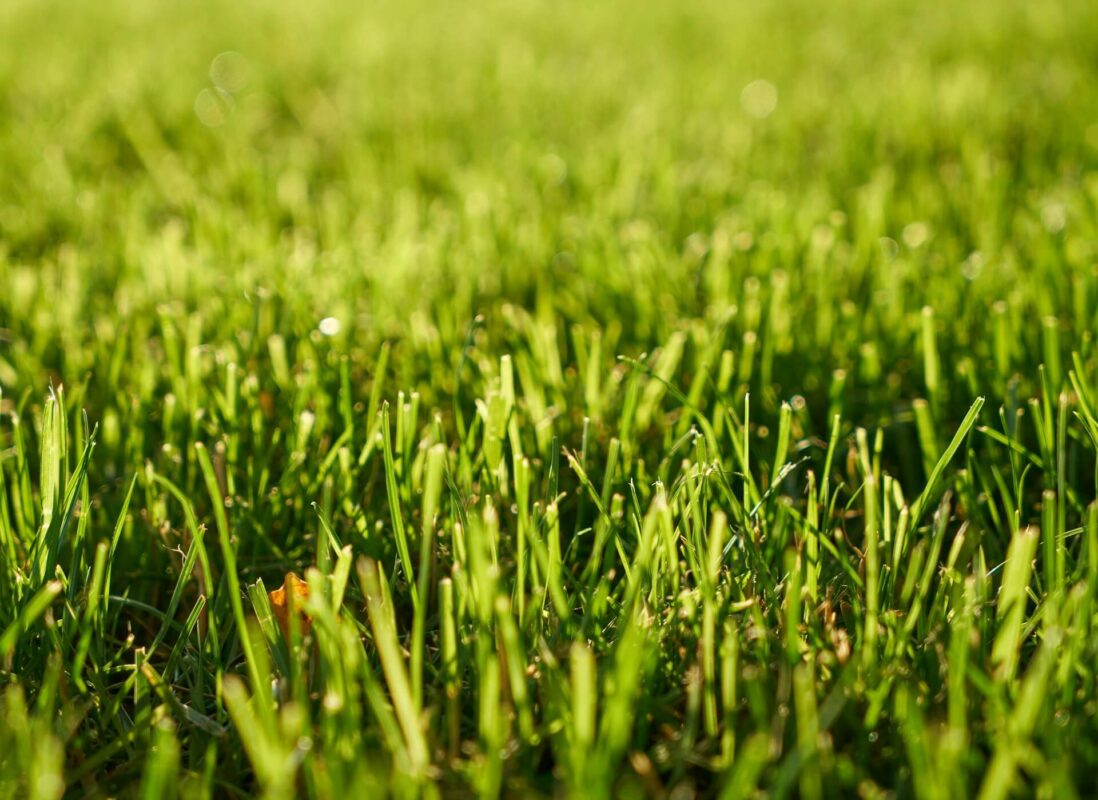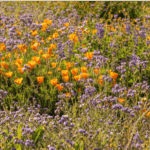
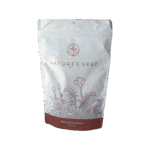
What is Central Valley Pollinator Mix?
The Central Valley Pollinator Mix is a curated blend of native California wildflowers and grasses designed to create a haven for pollinators. Developed with Xerces Society guidance for California’s Central Valley, the mix features a diverse array of blooms that provide nectar and pollen across the seasons. Colorful annuals like California Poppy, Baby Blue Eyes, and Phacelia complement hardy perennials and bunchgrasses such as Yarrow and Purple Needlegrass. Selected to thrive in the Central Valley’s climate, the mix is drought-tolerant once established and supports native bees, honeybees, butterflies, and other beneficial insects. Deep-rooted grasses contribute to soil health and erosion control—ideal for farm edges, large gardens, or habitat restoration.
Learn more about this mix and about the Xerces society here: https://xerces.org/pollinator-conservation/pollinator-conservation-seed-mixes/california-central-valley-pollinator.
Specifications
Sun Requirement
Full Sun
Soil Preference
Adaptable—loam to clay with good drainage
Soil pH
Approx. 6.0–8.0 (slightly acidic to moderately alkaline)
Time to Maturity
Varies by species (annuals 60–90 days; perennials bloom year 2)
Height when mature
Varies: most 1–3 ft; tallest ~4 ft in bloom
Seeding Rate
~18–20 lbs per acre (~0.5 lb per 1,000 sq ft)
Planting Depth
~1/8 inch;
Central Valley Pollinator Mix (Xerces Society)
SKU: WB-XCVP
Check your ZIP code to know if this seed works for you
Check Your ZIP Code
×Enter your ZIP code to see if this seed works in your region:
Why Choose This Seed?

Pollinator Paradise
This seed mix has been formulated based on field trials and monitoring conducted by the Xerces Society and other conservation partners. The mix is comprised of native wildflowers and grasses and is designed to provide permanent, high quality foraging resources for a diversity of pollinators and other beneficial insects.
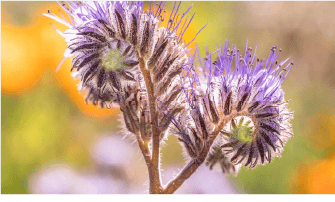
Native Diversity
This mix contains a balance of 11 different native annuals, perennials, and grasses that are locally native to California’s Central Valley.
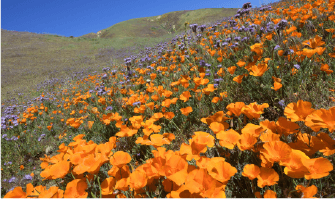
Year-Round Bloom
This mix was specifically designed for provide successional blooms that keep color and pollinator activity year-round.
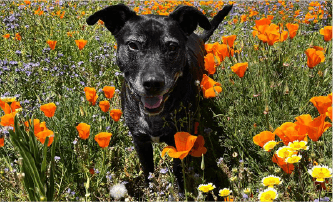
Easy & Effective
The Central Valley mix is field-tested for; simple site prep and sowing, minimal irrigation and simple maintenance.
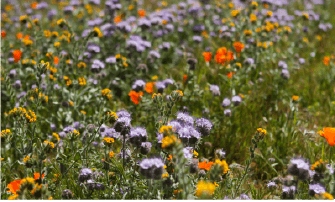
Environmental Benefits
Deep roots improve soil, help break up clay, retain moisture, and prevent erosion.
Seed Description
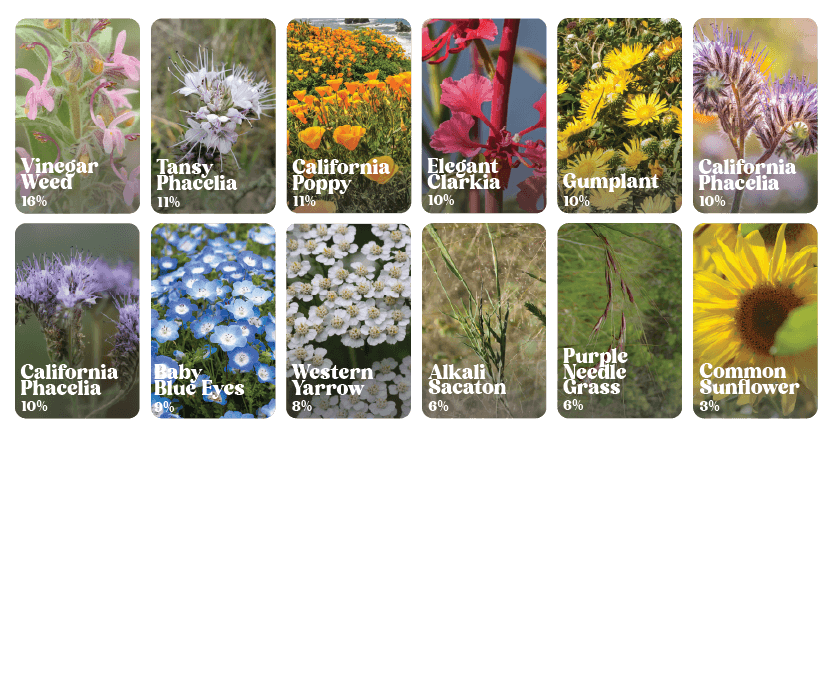
Product Details
Sun/Shade
Full Sun
Height
1–3 ft typical; up to ~4 ft for tallest species
Seeding Rate
~8–10 lbs/acre
Uses
Pollinator habitat (farms/orchards), wildflower meadows, restoration areas
Color
Pink, gold, orange, blue, purple, and white
Water
Low to Moderate—frequent shallow watering to establish, then rely on winter rains; minimal extra water after establishment
Native/Introduced
Native to California
Life Form
Mix of annual/perennial forbs and perennial bunchgrasses
Planting Guide
When to Start & Weed Control
Start prepping your planting area in fall, so that you are ready to seed between late September and early February, when temperatures cool and rain is on the horizon.
Weed your growing area BEFORE planting any native seeds. We recommend not only pulling visible weeds but also “flushing out” the weed seeds that are waiting in the soil. Irrigate the area and wait for weed seeds to germinate, then remove them using your method of choice. Irrigate again, wait, and perform another round of weed control. Repeat 2-3 times.
Soil Prep
Ensure your soil is as bare as possible for the maximum amount of seed-to-soil contact. If the entire area can’t be completely cleared, rake out as much dead plant material from the area as you can to create bare patches of soil for the seed to make contact with. For best results, the soil should be easily crumbled and not heavily compacted.
Seeding
It is best to seed onto slightly damp soil. If necessary, water the top 1/4 inch of soil before seeding. Scatter seed directly on the soil surface and rake gently or lightly press the seed into the soil. Do not bury the seed deeper than 1/4 inch into the soil
Water
After planting, keep the top 1/4 inch of soil consistently moist until the seeds have germinated and the first true leaves have emerged. A good rule is to water lightly every day intul the seedlings are an inch high, then you can reduce watering to every 3 days. Skip days when it rains. Within 6 weeks after germinating, your plants should need only occasional watering. Don’t over-water your plants, especially in summer.
Questions & Answers
When is the best time to plant this seed mix?
The recommendation is to sow in late fall in this region (just before or as winter rains start), so seeds can germinate with natural moisture. If planting at other times, irrigation will be needed.
Where is this mix meant to be planted (climate, region)?
It is specifically formulated for California’s Central Valley (and similar ecotypes), where conditions are dry in summer, winters are mild to cool, rainfall is seasonal. The idea is to match plants that are adapted to those conditions so that they require less maintenance and water, and are more resilient.
How long until bloom, and how long will it last?
Blooms typically begin in spring, especially if seeded in fall. Bloom period can stretch from early spring through summer (depending on supplemental water) into later seasons if the species and conditions allow. If planted in early summer given irrigation, or irrigated plots, you might extend or shift bloom timing. Over subsequent years, perennials and reseeding annuals will maintain bloom, but density and composition might shift.
Do I need to mow or cut back the wildflowers? How to maintain the mix?
Yes, maintenance improves performance:
-
After bloom, cutting back dead flower stalks can help reduce seed‐shading and keep the area tidy.
-
Control weeds especially during the first season—invasive weeds compete heavily.
-
Avoid heavy disturbance (tilling, etc.) once the stand is established.
Is this mix legal/approved for conservation / grant / farm programs?
Yes — the Central Valley Pollinator Mix by Xerces is part of their “Pollinator Conservation Seed Mixes” series, some of which are acceptable for NRCS (USDA Natural Resources Conservation Service)-administered programs, like EQIP, CRP, etc. Always check locally (your county/state) whether this specific mix and the vendor meet the program requirements.
What are potential pitfalls / common failures, and how to avoid them?
Some issues people often run into:
-
Poor site prep: If weed seed bank is high, or existing vegetation isn’t cleared, weeds may outcompete seedlings.
-
Putting seed too deep or burying it too much: Many wildflower seeds require light or very shallow soil coverage. Seeds covered too deep may not germinate.
-
Wrong timing: Planting too late or during hot, dry periods without irrigation can kill or stunt seedlings.
-
Over-watering or under-watering: Both can harm establishment; too much may promote disease; too little kills seedlings.
-
Using non-adapted soil or shade: If your site is heavily shaded or has very different soil (heavy clay, waterlogging, etc.), some species may fail.
Still have
questions?
Our planting experts
are here to help.
customercare@naturesseed.com
Response time:
Within 1 business day
Reviews
| Coverage Area | , , |
|---|
Related Products
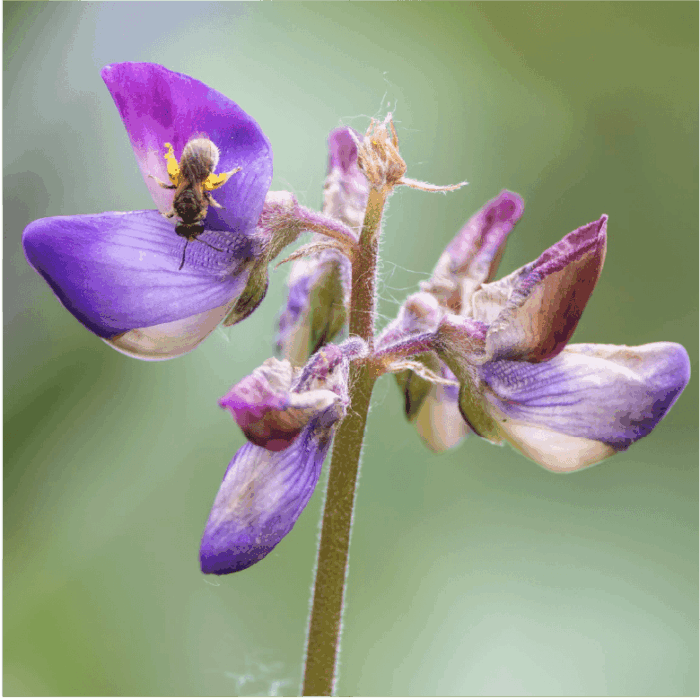
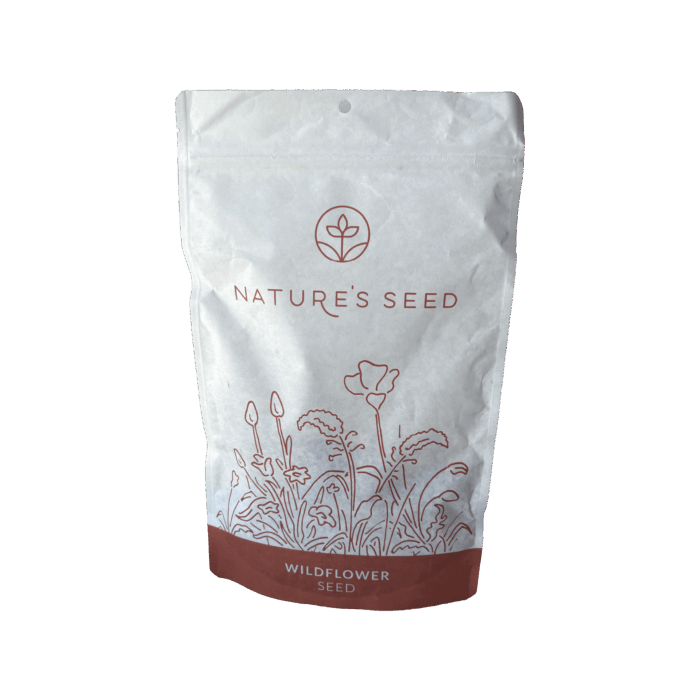
Arroyo Lupine
(4.7) - 145 reviews
$51.96/lb
Wildflower displays, restoration, slope stabilization, pollinator gardens
Southern USDA Regions (8-10), Transitional USDA Regions (6-8)
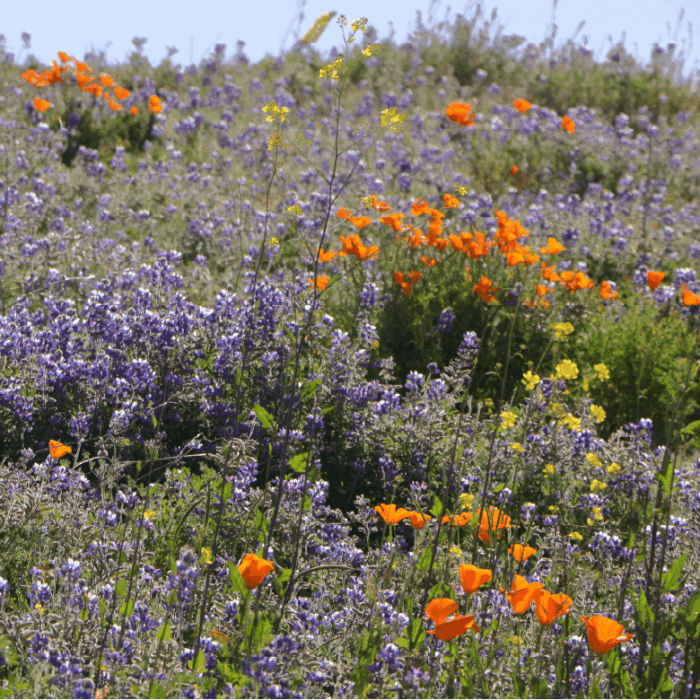

California Coastal Native Wildflower Mix
(4.7) - 145 reviews
$63.98/lb
landscape beautification, pollinator gardens, natural wildflower meadows, and habitat restoration. Great for reseeding native wildflower areas, cottage gardens, and adding color to pastures or roadsides.
Southern USDA Regions (8-10), Transitional USDA Regions (6-8)
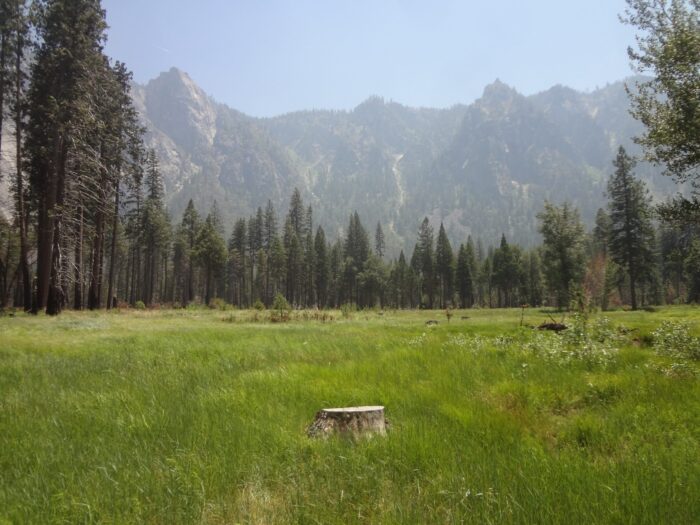
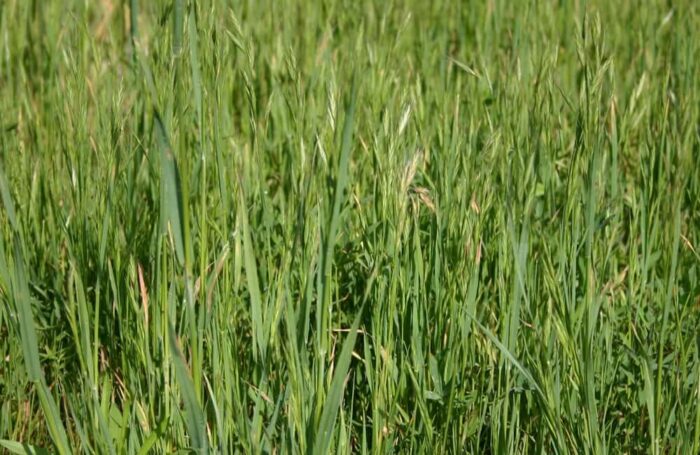
California Native Erosion Control Mix
(4.7) - 145 reviews
$35.00/lb
Erosion control, Sustainable landscaping, Wildlife Corridors, Native Meadows, Habitat restoration
Southern USDA Regions (8-10), Transitional USDA Regions (6-8)
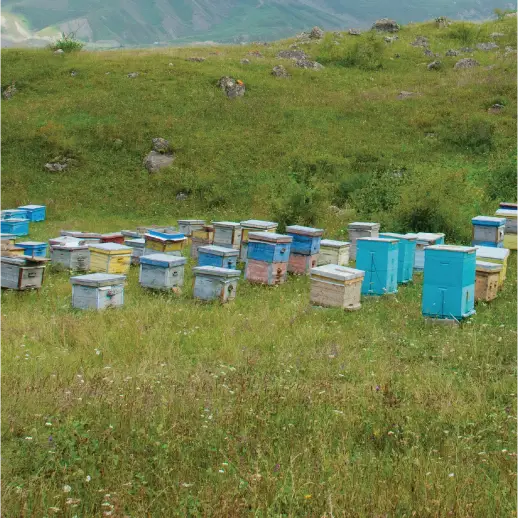
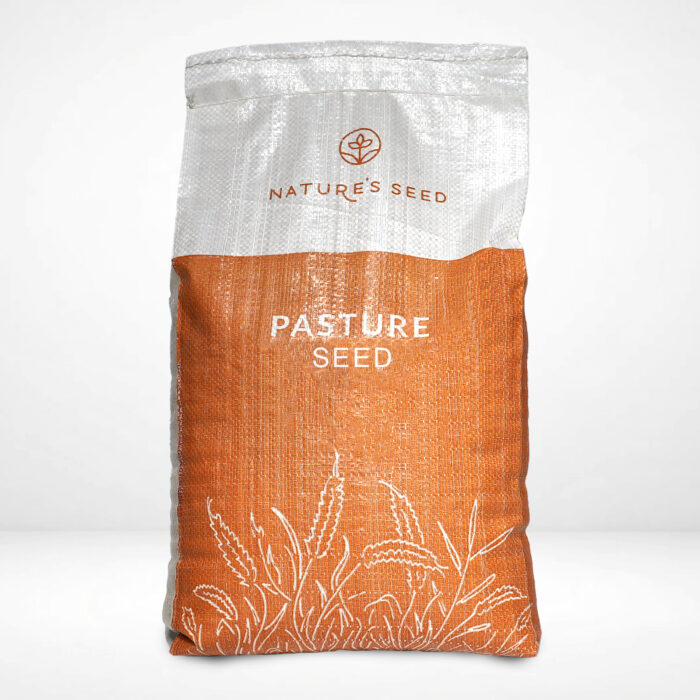
Honey Bee Cover Crop & Pasture Mix
(4.7) - 145 reviews
$10.00/lb
Honey Bee
Northern USDA Regions (3-5), Southern USDA Regions (8-10), Transitional USDA Regions (6-8)


Thingrass
(4.7) - 145 reviews
$90.99/lb
Lawn Alternative, Ornamental, Erosion Control, Wilflower Habitat
Southern USDA Regions (8-10), Transitional USDA Regions (6-8)
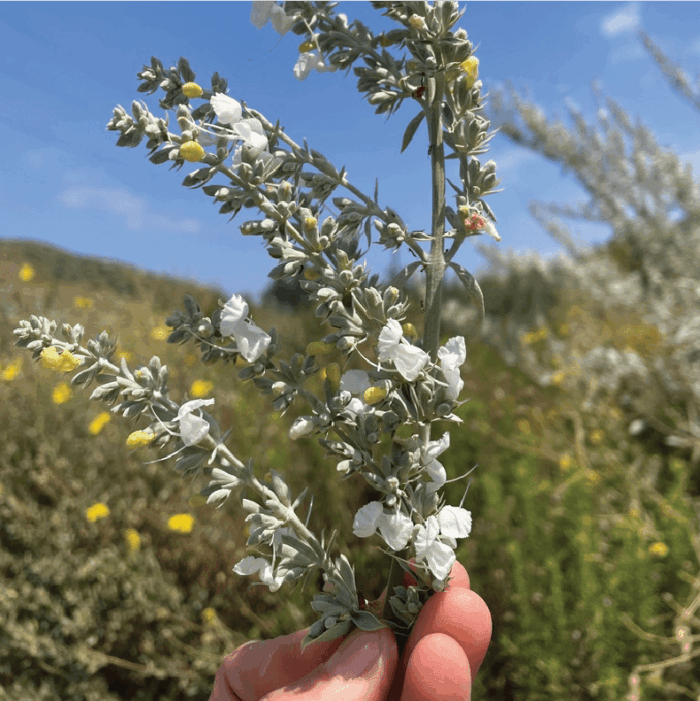

White Sage
(4.7) - 145 reviews
$111.96/lb
Drought-tolerant landscapes, habitat gardens, sensory/herb gardens, dry slopes
Southern USDA Regions (8-10), Transitional USDA Regions (6-8)

